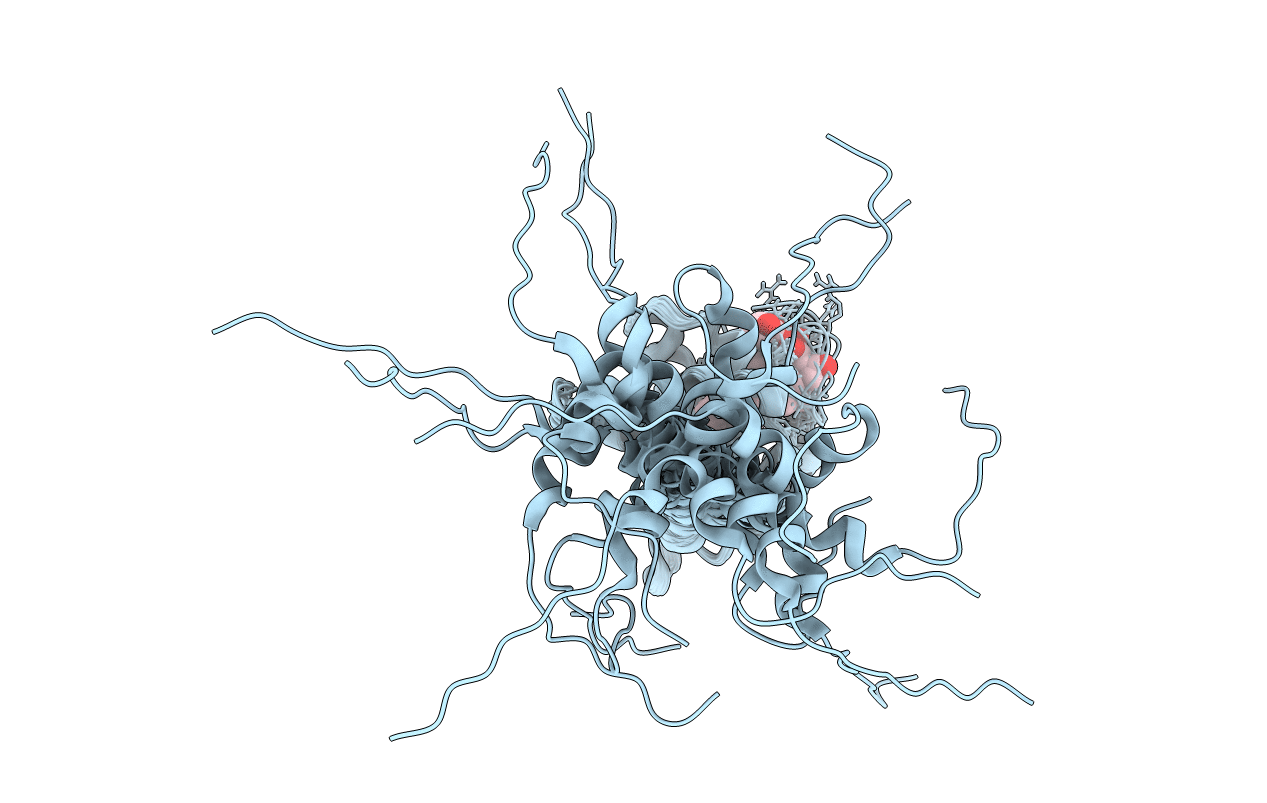
Deposition Date
2006-11-10
Release Date
2007-02-06
Last Version Date
2024-10-30
Entry Detail
PDB ID:
2NV3
Keywords:
Title:
Solution structure of L8A mutant of HIV-1 myristoylated matrix protein
Biological Source:
Source Organism:
Human immunodeficiency virus 1 (Taxon ID: 11676)
Host Organism:
Method Details:
Experimental Method:
Conformers Calculated:
50
Conformers Submitted:
20
Selection Criteria:
target function


